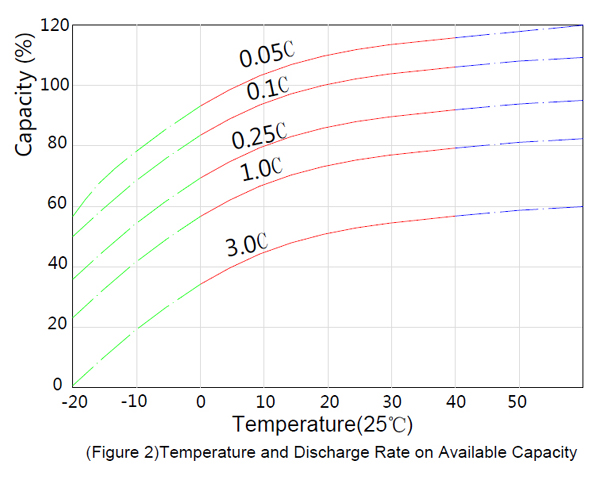
![]()
The final discharging voltage is the battery terminal voltage in close circuit voltage per cell to which
a battery discharging safely and maximize battery life. The higher discharging current is, the lower
final discharging voltage of battery should be.
Discharging Current Final Discharging Voltage(VPC)
|
Discharging Current |
Final Discharging Voltage(VPC) |
|
Up to 0.1CA |
1.75 |
|
0.11-0.17CA |
1.70 |
|
0.18-0.25CA |
1.67 |
|
0.26-1CA |
1.60 |
|
Above 1.1CA |
1.30 |

